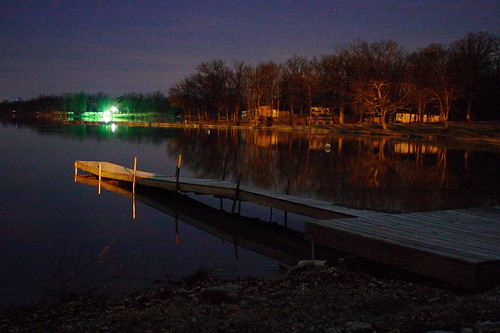A day or two after we landed on Guam, at about 11:30 p.m. on July 25, 1944, those of us at the Command Post that had been established at the base of the steep cliff near the beaches, heard a cacophony of machine-gun fire and explosive bursts coming from the top of the cliff.
Mixed and confused reports, some frantic, reached our radios. In the midst of this turmoil, a forward observer stumbled down the cliff to report that the enemy had attacked, and “all hell” had broken loose on our front lines.
Upon receiving this alarming information, we requested that fragmentation hand grenades be forwarded from our ammunition dump several hundred yards to the rear. In anticipation of such an attack, we should have already had them on hand.
To our consternation, after a painfully long delay, grenades arrived, but they were smoke grenades, useless in our situation, rather than those that broke into steel fragments after being thrown.
As the noise of battle came closer, I received the following order from the battalion commander, Lt. Col. Marlowe Williams: “Van get up there and see what’s going on.”
So I called for my radio operator, who doubled as a bugler, and we started in darkness to ascend the bluff, scarcely knowing where we were but knowing that the way was “up.”
Enemy mortar shells, aimed at rear installations, passed overhead, but more dangerous to us was our own artillery, which was responding to urgent calls from the front lines.
A number of rounds, failing to clear the crest, burst not far from us. Turning around, I saw no sign of my radioman, so alone, I continued slowly on my mission.
The front linesAt the break of dawn, I reached C Company in the front lines. At this location our position was intact, but the enemy had bypassed our positions and elsewhere had penetrated our lines, using ravines as protection.
It was apparent that their objective was to reach the beach in the rear in order to destroy our artillery and the supply dumps. I arrived in time to see the enraged company gunnery sergeant pick up a discarded Samurai sword and kill the remaining enemy soldier.
I then borrowed a company radio and contacted headquarters in the rear to report that the line at that point had held.
As the sun rose, and the fog of battle lifted, the magnitude of this attack became apparent.
It had not been a so-called “Banzai” attack, led by sword-wielding officers, rushing forward to certain death. It was an organized counter-attack, carefully planned and well-executed against hopeless odds.
The enemy’s main blow was against our center, Company B, commanded by my good friend Capt. Don Beck. From his command position that night, he watched as the Japanese, taking advantage of their knowledge of the terrain, came down the ravines, overpowering his command.
Enemy shells, as well as our supporting mortar and artillery shells, were falling near his position. [While wounded at least once, Capt. Beck commanded Company B in all three invasions: Bougainville, Guam and (later) Iwo Jima. I know of no other Marine to remain in command of an infantry company through three such ordeals.]
Editor's note: First Published in the
Sentinel-News, Shelbyville, Kentucky, April 8, 2009
© 2009 Ron Van Stockum

 No less than their sensory counterparts, the waves of personal remembrance obey
No less than their sensory counterparts, the waves of personal remembrance obey 


 Like metaphorical truth, visible light rarely reveals its constituent parts so regularly and so predictably. Depart ever so modestly from the axis on which truth or light turns, and your eyes will no longer honor one focus. And if you should look instead at an object propelled through the sky, gravity's rainbow will no longer appear to you in closed form. It will rise — and fall — according to a trajectory that will never connect the beginning of truth with its end.
Like metaphorical truth, visible light rarely reveals its constituent parts so regularly and so predictably. Depart ever so modestly from the axis on which truth or light turns, and your eyes will no longer honor one focus. And if you should look instead at an object propelled through the sky, gravity's rainbow will no longer appear to you in closed form. It will rise — and fall — according to a trajectory that will never connect the beginning of truth with its end..jpg) Pivotal events therefore mark the sections of our lives, slicing at particular points of time through the whole of the truth and leaving us no more enlightened than the objects we trace across our field of vision at speeds well below that of light. Catch them, and you will be rewarded momentarily by the mirage of control. Miss them altogether, and you will rue forever the path that both of you, protagonist and projectile, must follow.
Pivotal events therefore mark the sections of our lives, slicing at particular points of time through the whole of the truth and leaving us no more enlightened than the objects we trace across our field of vision at speeds well below that of light. Catch them, and you will be rewarded momentarily by the mirage of control. Miss them altogether, and you will rue forever the path that both of you, protagonist and projectile, must follow.








.png)







